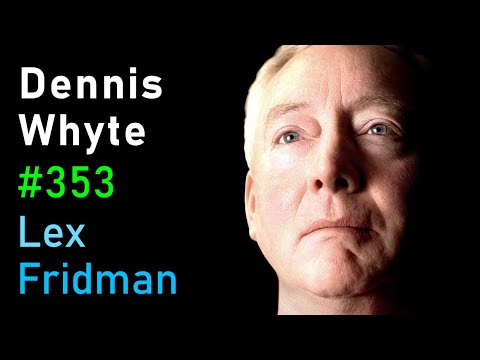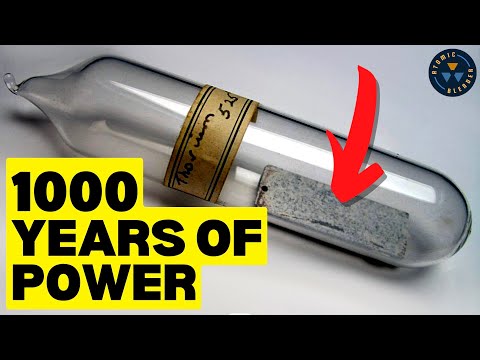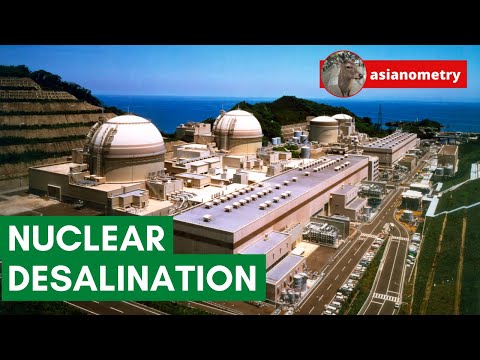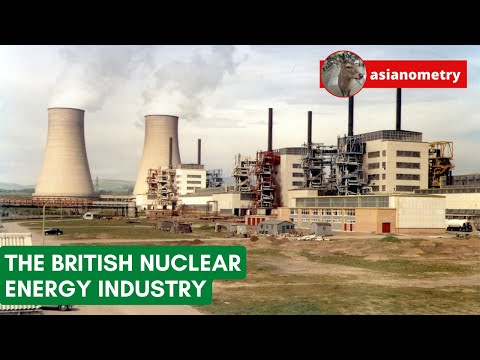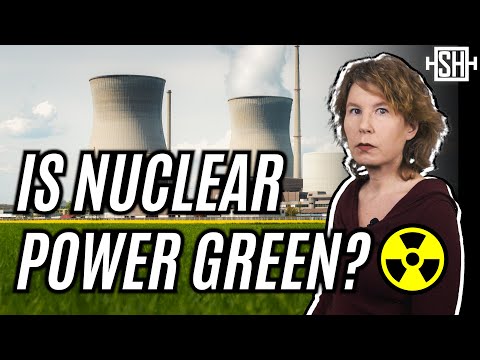If I invent a kind of energy storage where merging neutron stars charge up vast quantities of energy into little rocks that I can dig up and discharge with a special machine, can I get clean energy credits for it?
— Nick Touran (@whatisnuclear) January 22, 2023
Its taken 3 days but finally finished listening to this, and its great, and far more positive than I expected.
It’s almost like I’m looking forward to my retirement now cause we will hopefully have a few fusion reactors up and running then😂
Tl;dw for december news they were able to get the fusion reaction to output enough energy for a potential follow up reaction (previously only able to break even) using a laser to start a reaction.
The breakthrough is that the output energy from fusion is greater than the input energy (excluding the energy of the system ie electromagnets and other necessary components to maintain the reaction) such a fusion reaction is able to alter the state of the plasma enough to potentially sustain a follow up reaction.
The recent experiment used lasers to compress the duterium without heating the outside such that the compression causes the inside to heat up to the super high temps required for a fusion reaction (think of heat pumps compressing gasses for heat and releasing gasses for cool)
explaining fusion with my understanding of whyte’s explanation and wikipedia
We have a periodic table of elements, we wish to get to iron the reactions will result in byproducts and kinetic energy (that could be harvested as a source).
Fusion involves shooting hydrogen atoms (in the form of deuterium, the heaviest version we can get) until we reach iron the by products of combining atoms is kinetic energy.
Conversely, fission is the opposite. We shoot neutrons to split atoms to reduce the size and get a byproduct of nuclear waste and kinetic energy.
The main benefit of fusion is that stopping a reaction is relatively easy to control and does not produce a lot of waste. The difficulty of achieving nuclear fusion (and any other energy solution) is developing a large scale solution that could output more energy than the input. As of the current moment, scientists are in the R&D mode. Many experiments help gather observations, serve as proofs of concept, and help us understand the process further.
my opinion
As of writing this, I have listened to over half of the podcast. I’ll probably update this when I finish. Fusion is great as a long term solution, but I still think molten salt reactors using thorium (proposed by the throium documentary) is the solution we need today. From the playlist I linked before, Molten salt reactors seem to be a nice middle ground between uranium reactors and fusion. Thorium based reactors are much easier to stop a reaction, while also being fully designed and researched
Even with the present fusion breakthroughs, we still have the engineering challenges of scaling this up. One of the things mentioned in the podcast is that the kinetic energy from the current experiment, still needs to be processed into a useable form (cooled down to a temp that could drive a steam turbine). Still exciting though. If fusion is figured out in 4-6 years, I’m down to switch off of thorium.
See I want them all…
I want a traditional but newer gen Fission reactor, next to a breeder reactor, next to a fusion reactor.
the by products of traditional fission can be used in both breeder and fusion. The by products of breeder can be used in both traditional and fusion.
In my ideal world all three would be built in reasonable proximity of each other or even right next to each other so that transporting of materials between them could be mechanized and automated.
Boiling it down a little.
Cost wise for more than 75 to 80 % of people solar and wind power are generally the out of reach unless substantial subsides are provided
We simply do not have the equity resources to purchase them ourselves.
Dont get me wrong here I DO NOT WANT ANYONE SUBSIDIZING FOR ME!
The point is when you are not given a choice and forced to complying with someone else’s decree.
Given the choice that a system will pay for itself in 10 years
It is damn hard to justify 10 years of hardship for the promise of it paying for itself.
Especially when warranties run out far earlier.
If you live in a sun belt or a wind corridor your systems will be much more effective than in a northern climate.
Given that Ny’s. Hokem passed a bill that any new construction is forbidden from installing natural gas or heating oil.
What are the homeowners going to do for heat when the electric goes out for days in sub zero winters, That has happened numerous times in the past few years.
My opinion on the subject is this.
Nuclear power is good providing all safety and maintenance procedures are followed.
Solar and wind energy should be utilized as much as possible but not as a commercial venture.
And the grand push to all electric vehicles.
Unless the grid is thoroughly rebuilt and sufficiently heavy enough to support the need.
As well as the high cost and safety issues of the
Electric vehicle batteries is addressed. Electric cars will be out of reach as well.
Its a puzzle to be sure, but what will work for most of california will not work for the rest of the country, nor will what works in florida will work effectively in ny , chicago, or maine.
Advocacy for one type of power or another needs to be flexible in modification to suit the various different environments.
In other words you need all the pieces of the puzzle for the complete picture.
Quite frankly i applaud forward thinking about the environment and alternative energy sources
But not the inflexibility of many " Pushers"
And by the way i do have a small solar panel keeping the emergency light battery bank charged
Ammortized over how long?
A single solar panel for 20 yeas rs can produce 1mwh, but that’s not useful on a grid scale. And nuclear has a huge upfront cost to manufacture the facility, but it’s 1/10 as expensive to operate as nat gas, once construction is complete, so the cost break even point is approximately 6 years of operation with nat gas.
Looking at short term costs doesn’t take into consideration that most generation facilities will be operational for 25 years or longer.
LCoE is calculated “over the lifetime” of the producer. So if a typical Standalone Solar system is expected to last 20 years, then 20 for that. If a Fission Reactor is supposed to last 50 years, then 50 for that. That makes the numbers comparable.
Do you have a link to the report? I couldn’t find it after a cursory search and I would like to see their numbers. This doesn’t jive with my understanding, so I’m intrigued.
Just watched it.
All good points, but to basically all the “cons” I say “who cares?”
I don’t give a shit about the climate change concern, because if true we are beyond the tipping point, we burnt up this planet already, and there’s no going back.
I don’t give a shit about the cost because it’s still cheaper than the $0.33/kWh I pay off peak right now.
I don’t care if it’s renewable either, because just like we were concerned about peak oil 10 years ago, Nuclear is a short term band-aid to remedy our power shortages as we move towards renewables for the long term.
I think it’s a pragmatic perspective, but I’m really not a big fan of making perfect the enemy of good when we have energy shortages and are demanding people become more dependent on the least plentiful and most complex energy form we have.
I want my nuclear batteries already. Modern chemistry makes them eminently easier to recycle than the ion hoe lithium and they can be so small and thin with TEG technology that a mobile device might self power for years. That old built to last 5 years rule could be a reality, just built to stay on for 5 years.
Yeah, nothing like nuclear decay in your phone battery. Because we all know nothing could go wrong there.
Or your car. One pickaxe away from a dirty bomb.
I’m not anti-nuclear. I just like radioactive material to be secured.
People smarter than you and I figured this shit out n the 70s, most nuclear batteries are virtually impossible to leak any lethal or biologically dangerous levels of radiation. They are not uranium rods boiling water, they are fantastically small quantities of material with a tiny half life. I should add, nano scale diamond and ceramic encasement is a thing in use today. Good luck breaking that with a speed hole tool.
The numbers I posted were 2020 figures summarised into a clean chart by a third party. I followed the reference and dug up more up-to-date numbers in the 2022 report which you can find here: https://www.eia.gov/outlooks/aeo/pdf/electricity_generation.pdf
Table 1b. Estimated unweighted levelized cost of electricity (LCOE) and levelized cost of storage (LCOS) for new resources entering service in 2027 (2021 dollars per megawatthour):
- Advanced Nuclear: $81.71
- Hydroelectric: $64.27
- Onshore Wind: $40.23
- Geothermal: $37.62
- Standalone Solar: $33.83
New nuclear got much (~18%) more expensive over the last 2 years, despite enjoying about double-to-triple the tax credits that geothermal and solar do. Nothing in any of the previous reports suggests that trend (of getting more expensive, faster) is an anomaly or likely to change.
Must be a knock-on effect of the supply chain issues. That’s frustrating.
Thanks for the resource though, I’ll read that over lunch today.
OK, so work was busy and I had to work through lunch. I don’t know when I’ll be able to read it.
this thread alone is not going to change the world perspective on Nukes, so might as well read it when you get around to it ![]()
